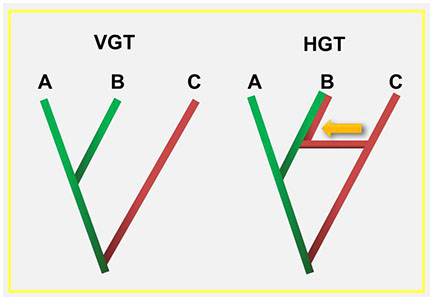Gene swapping: Hosts and parasites share more than food
03-17-2014

It is long been known that bacteria can swap genes between each other by a process known as "horizontal gene transfer". Today, the evidence shows that animals and plants also have the ability to exchange genes. In fact, animal and plant parasites can act as vectors, transferring genes between hosts. The number of reports of parasite mediated horizontal gene transfer is growing, but some of these reports need to be validated using more rigorous methods. Sequence similarity and phylogenetic incongruence have been widely used to identify gene transfers. We discuss the limitations of these approaches and emphasize the importance of using genome sequencing, as well as ecological and geographical compatibility of "gene donors" and "gene recipients" in substantiating gene transfers. Identification of parasite-associated gene transfers improves our understanding of the intricacies of host-parasite interactions, shedding new light on the evolutionary "arms-race" between hosts and parasites.
Article: Wijayawardena, B.K., D. J. Minchella & J.A DeWoody. 2013. Hosts, parasites, and horizontal gene transfer. Trends in Parasitology 29: 329-338.